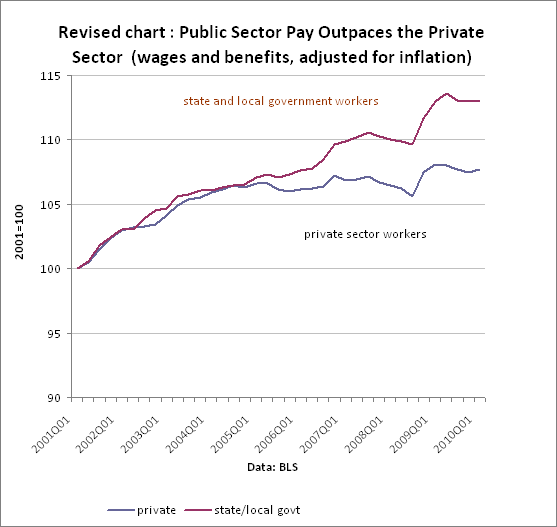This story would make a great case study: Genoways was often out of the office but yielded a lot of power - this was one of Mintzberg's "simple structures." Interestingly, the trouble began when Genoways hired a young master's program grad to help raise money for the magazine (who also happened to be a wealthy heiress whose father Genoways was cultivating to raise money for the magazine). Staff resented the power this young hotshot had, and tensions escalated. Soon, Morrissey was dead.
This is some very fascinating reading. Slate has an overview of the story here and the Chronicle of Higher Education has the story that started it all. I also recommend this local publication's story.
Slate points out some questions that may be relevant to class:
What does it mean to be a workplace bully? For kids, bullying is defined as repeated acts of verbal or physical abuse in a situation where there's a power imbalance between the bully and the bullied. But in the workplace, there is almost always a hierarchy; power imbalances are necessarily part of the equation. That doesn't mean bad behavior can't be policed. Sexual harassment suits do just that. But bosses and employees aren't peers the way school kids are. The leaders of companies and departments have to dictate rules and give orders and occasionally reprimand employees who are falling short on the job—they have to be bossy. It's possible to imagine a scenario in which a boss (or a group of co-workers) deliberately persecutes an employee—sabotaging his work, playing nasty pranks. But is every demanding, gruff boss a bully? Where is the line between mismanagement and harassment? And can a boss ever be held responsible for an employee's decision to kill himself?I also wonder: how can this staff pick of the pieces after this tragedy? Maybe this is a problem we can discuss when we get to the human resources frame.
-Sean


